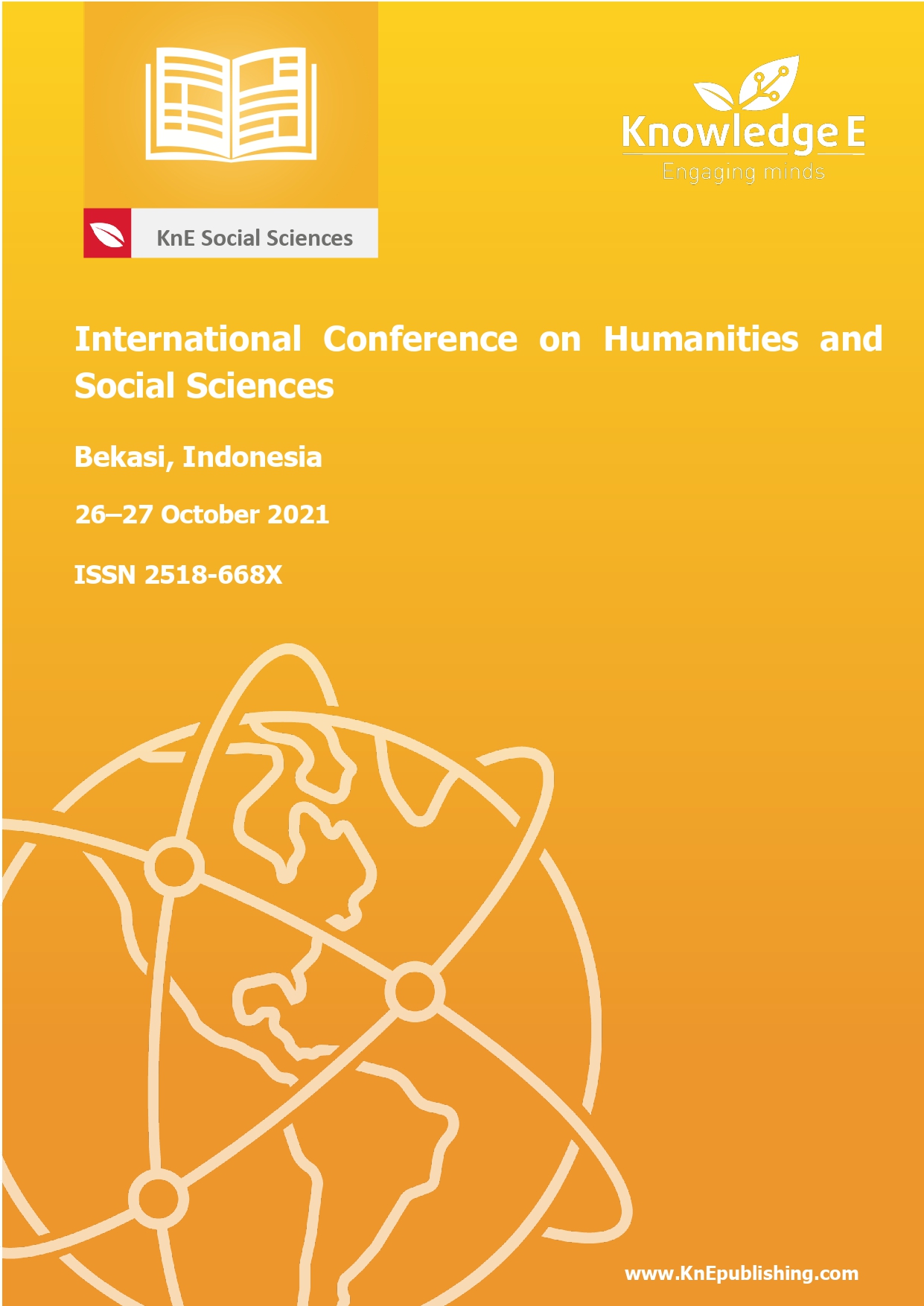Revitalization of the Kuto Besak Fort in Palembang as an Indonesian Defense Heritage Asset
DOI:
https://doi.org/10.18502/kss.v7i4.10520Abstract
This research investigated the meaning of the revitalization process of colonial forts in Indonesia as defense heritage assets. This was a case study of the revitalization of Kuto Besak Fort in Palembang, South Sumatera. The researchers also analyzed the importance of studying defense heritage in defense diplomacy courses. The aim of this paper was to raise awareness about the defense heritage concept in Indonesia, as well as to create a framework that stakeholders could use to carry out the revitalization process. Qualitative methods were used through a literature review and examining references about the Kuto Besak revitalization process and Palembang history. Three theories were employed: the concept of defense heritage from Dr. Jeanne Francoise, defense diplomacy theory, and the revitalization definition from the Regional Revitalization Guidelines of the Indonesian Ministry of Public Works No.18/PRT/M/2010. It is hoped that this analysis can be used as an academic reference for the South Sumatera government to revitalize Kuto Besak fort, as well as to promote the idea of defense heritage in young people in Palembang, to increase their interest in the defense heritage values behind historical objects or buildings around them.
Keywords: Indonesia, defense heritage, Kuto Besak fort, Palembang, South Sumatera, defense diplomacy, historical building, revitalization
References
[2] Asdhiana IM, editor. (2014). Benteng Kuto Besak bakal direvitalisasi, Kompas.com, January 29, https://travel.kompas.com/read/2014/01/29/1502548/Benteng.Kuto. Besak.Bakal.Direvitalisasi
[3]Berita Pagi. (2017). Revitalisasi BKP prosesnya rumit, September 21, https://beritapagi.co.id/2017/09/21/revitalisasi-bkb-prosesnya-rumit.html
[4] Jaya MA. (2018). Marketing place: the strategy of heritage tourism development of kuto besak fort palembang. Sriwijaya International Conference on Engineering, Science, and Technology.
[5] Hanfiah D. (1989). Kuto Besak: Upaya kesultanan palembang menegakkan kemerdekaan [Kuto Besak: Endeavour of the Palembang Sultanate to establish independence]. Jakarta: Haji Masagung.
[6] O’Brien, G., O’Keefe, P., Jayawickrama, J. and Jigyasu, R. (2015), Developing a model for building resilience to climate risks for cultural heritage, Journal of Cultural Heritage Management and Sustainable Development, Vol. 5 No. 2, pp. 99-114. https://doi.org/10.1108/JCHMSD-06-2013-0021.
[7] Othman AAE & Elsaay H. (2018). Adaptive reuse: An innovative approach for generating sustainable values for historic buildings in developing countries. Organization, Technology, and Management in Construction, Vol. 10, No.1, pp. 1705- 1707. ICHSS
[8] Francoise J, Midhio IW, Prasetyo TB. (2018). Defense heritage protection in Indonesia. International Journal of Multidisciplinary Thought, Vol. 7, No.2, pp.87-98.
[9] Francoise J. (2021). Model Pengelolaan Cagar Budaya Bernilai Pertahanan (Defense Heritage) Sebagai Sarana Program Bela Negara. Doctoral dissertation, Universitas Pertahanan RI.
[10] Griffiths M & O’Callaghan T. (2002). International Relations: The Key Concepts. London: Routledge.
[11] Laksmana E. (2021). South China Sea. Focus group discussion, Centre of Strategic and International Studies.
[12] Milja P, Svetlana G, Murgul V. (2015). Revitalization of historic buildings as an approach to preserve cultural and historical heritage. Procedia Engineering, Vol. 117, pp. 883- 890.
[13]Hasby E. (2021). Benteng Kuto Besak Palembang, Kompas.com, March 14, https://regional.kompas.com/read/2021/03/14/141809278/sejarah-benteng-kuto- besak-palembang?page=all.
[14] Ravico. Konflik elit politik di kesultanan Palembang Darussalam tahun 1803-1821. Tamaddun, Vol. 14, No.2, pp. 39-65.
[15] Li C, Cui Z, Chen J, et al. (2019). Brand revitalization of heritage enterprises for cultural sustainability in the digital era: A case study in China. Sustainability 2019, 11, 1769, https://doi.org/10.3390/su11061769
[16] Chan, RC. (2011). Development as complementary urban revitalization strategies. Master’s thesis, University of Pennsylvania.
[17] Edwards M, Singh M, Brown K. (2014). Downtown success indicators: A review of the literature. Department of Urban and Regional Planning, University of Illinois at Urbana-Champaign, University of Illinois Extension; 2014 Aug.
[18] Hong Kong Government. (2012). Liberal studies teaching kit for senior secondary curriculum: Hong Kong today conservation and revitalization of historical buildings (Teacher notes). Hong Kong Institute of Architects.
[19]Kendall L. (2016). Productive history: Sustainable downtown revitalization using historic preservation. Landscape architecture & regional planning three course options, Univ. of Massachusetts, Spring 2016, https://scholarworks.umass.edu/larp_3course/2
[20] Peraturan Menteri Pekerjaan Umum Republik Indonesia nomor 18/PRT/M/2010tentang pedoman revitalisasi kawasan.
[21] Syarif M, Suryadi A, Rahman AG, Francoise J. (2019). Surabaya city as the centre of Indonesian defence heritage tourism, in International Business Education Social Sciences Tourism and Technology, Univ. of California Los Angeles, United States, December 12-13.
[22] The United Cities and Local Governments Asia Pacific (UCLG ASPAC). (2017). Revitalizing cultural heritage: A comprehensive urban plan to revitalize Kota Tua in Jakarta. UCLG peer learning, July 2017.
[23] Wilczkiewicz M, Wilkosz-Mamcarczyk M. (2015). Revitalization: Definition, genesis, examples. Geomatics, Landmanagement and Landscape. Geomatics, Landmanage- ment, and Landscape, No.2, pp. 71-19, DOI:10.15576/GLL/2015.2.71

